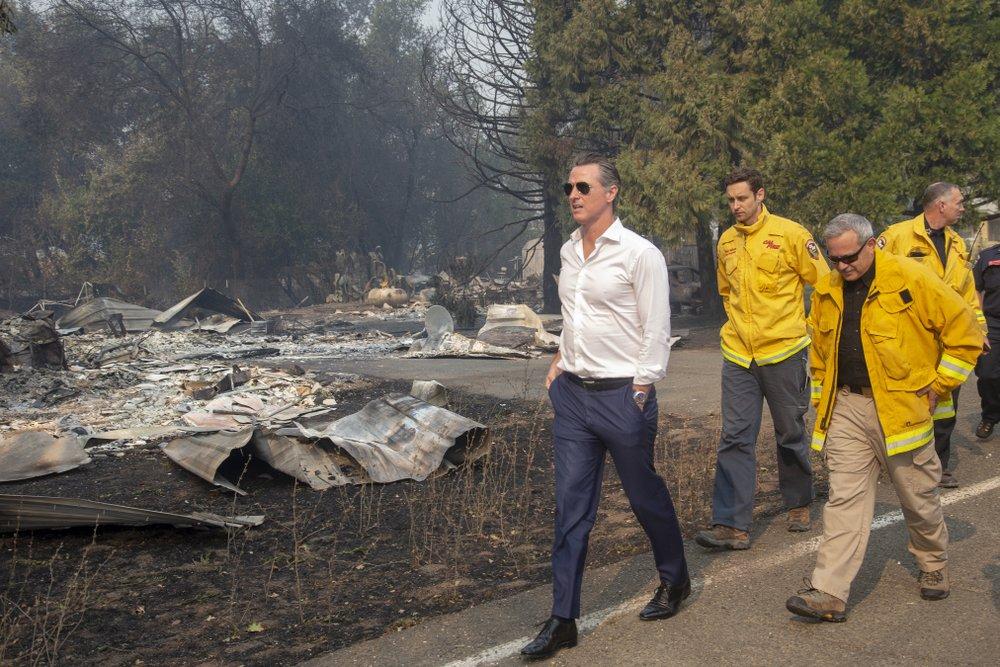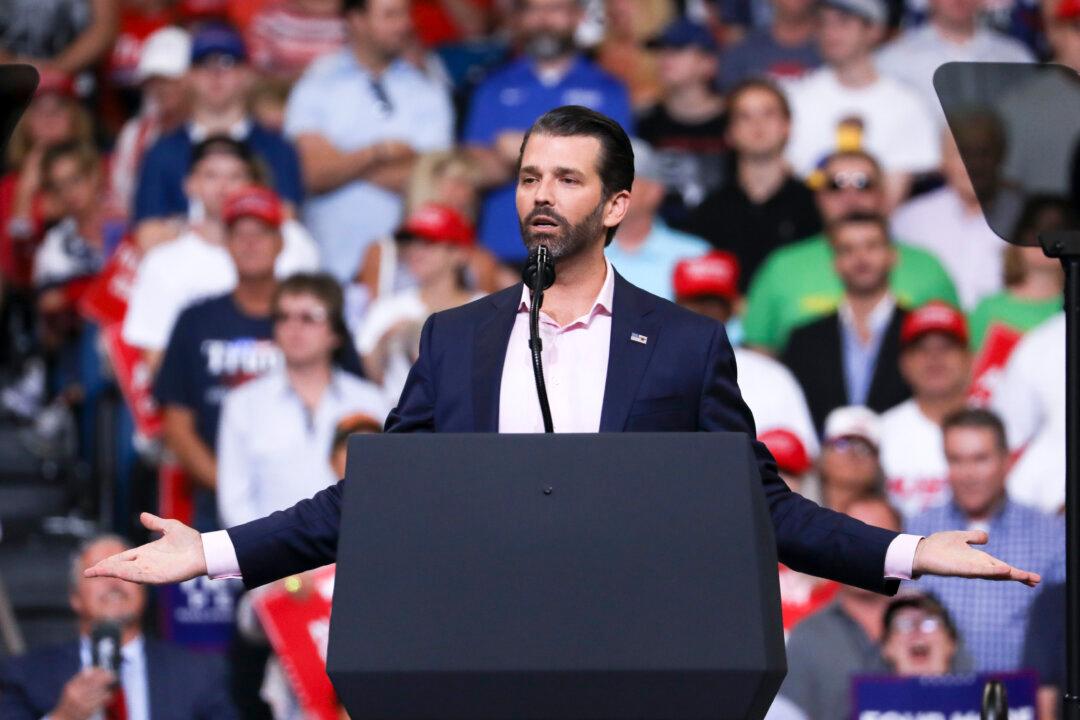FEMA only has enough personal protective equipment and critical medical supplies to meet “a fraction” of the requests coming in from COVID-19 hotspots, according to a statement issued Thursday by Chairperson of the House Committee on Oversight and Reform Rep. Carolyn Maloney (D-N.Y.).
Maloney implored the government to increase efforts to procure personal protective equipment (PPE) and ventilators to five states and the District of Columbia as the number of CCP virus infections there continue to steepen their increase.





